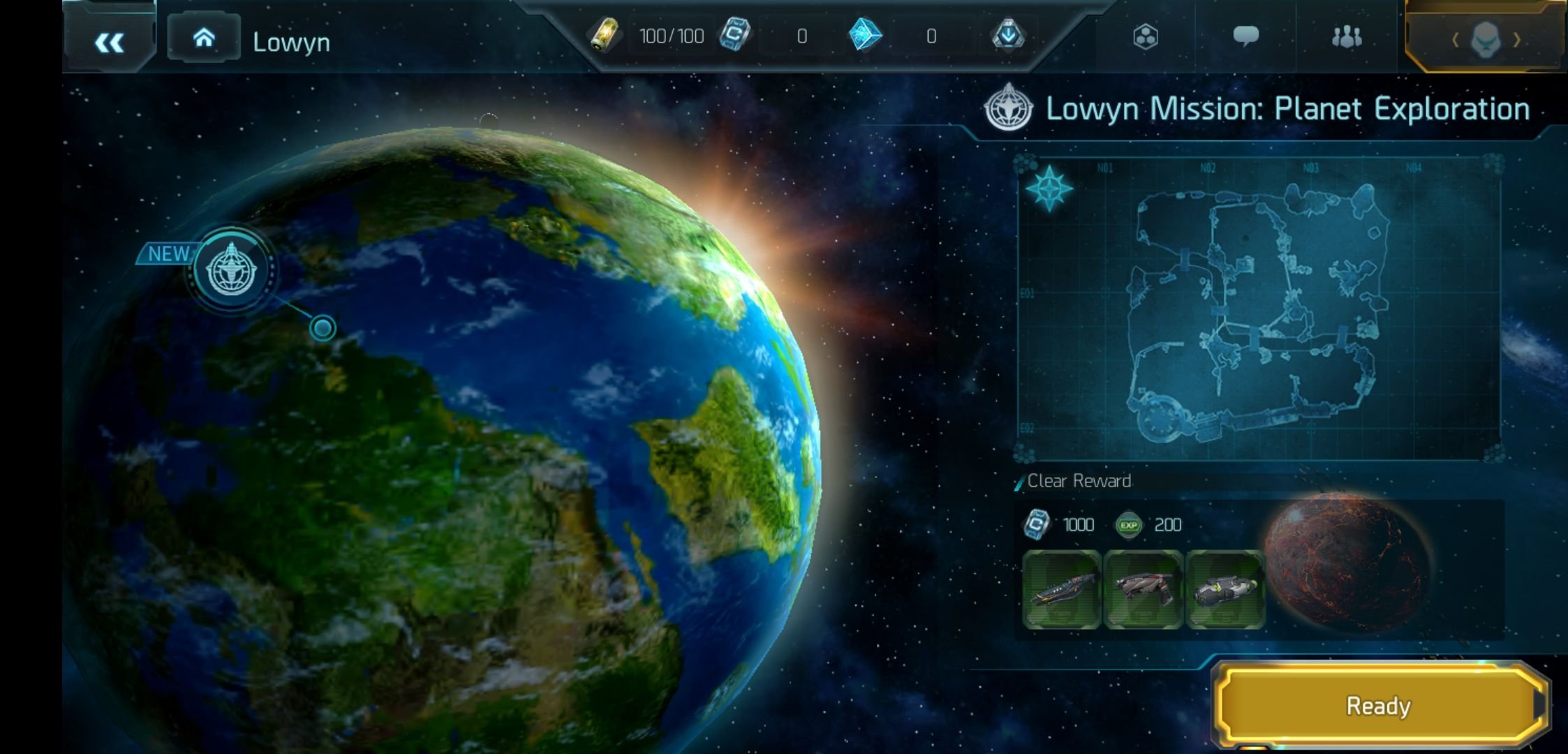

Reference Lambert, Martínez-Cáceres, Bianucci, Di Celma, Salas-Gismondi and Steurbaut2017), and even their baleen-bearing descendants generally stayed below 6 m until the Late Miocene (Slater et al. Reference Marx, Tsai and Fordyce2015, Lambert et al. In contrast to their living relatives, ancient mysticetes were relatively small: at a total body length of 3–4 m, archaic toothed species were diminutive (Fitzgerald Reference Fitzgerald2010, Marx et al. The new material markedly expands the size range of archaic mysticetes, and demonstrates that whales achieved considerable disparity shortly after their origin.īaleen whales are the largest animals on Earth, thanks to their ability to filter small prey from seawater using baleen (Pivorunas Reference Pivorunas1979, Werth Reference Werth and Schwenk2000). Functional analysis including sharpness and dental wear implies an at least partly raptorial feeding strategy, starkly contrasting with the filtering habit of living whales. 2003), and suggests that gigantism has been a re-occurring feature of mysticetes since their very origin. The latter is comparable to that of extant Omura's whales ( Balaenoptera omurai Wada et al. The new material hints at an unknown species of the archaic mysticete Llanocetus with a total body length of up to 12 m.


This view is challenged by new fossils from Seymour Island (Isla Marambio), Antarctica, which suggest that enormous whales once roamed the Southern Ocean during the Late Eocene ( c. True gigantism is thought to have arisen late in mysticete history, with species exceeding 10 m unknown prior to 8 Ma. Modern baleen whales (Mysticeti), the largest animals on Earth, arose from small ancestors around 36.4 million years ago (Ma).


 0 kommentar(er)
0 kommentar(er)
